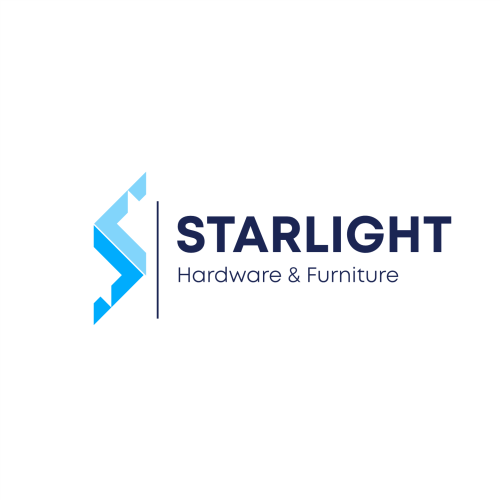AI, Internet of Things (IoT) and cloud-based services have reshaped how organizations guard digital and physical assets. Security integrators face growing pressure to identify risks and manage the effects of these linked solutions, demanding a fresh set of skills in system design and threat monitoring.
Recent studies indicate that global IoT device totals climbed by 13 percent in 2024, reaching 18.8 billion units. Organizations relying on at least one cloud service now account for 98 percent of surveyed firms, and nearly 80 percent report boosting budgets for AI-driven tools.
Each of these platforms offers clear security advantages when deployed on its own. Bringing cloud, AI and IoT together through custom configurations can sharpen threat detection, automate responses and support predictive maintenance. That level of integration also raises the stakes by exposing more complex vulnerabilities.
Cloud, AI and IoT solutions allow seamless data exchange, but that freedom of communication creates new challenges. Attackers can exploit connections between cameras, access controls and backend services to move laterally, blend in with legitimate traffic and execute subtle breaches that evade simple defenses.
Security providers must build confidence in their ability to work with converged setups. Engineers who understand how data flows across cloud platforms, AI models and edge sensors can craft safeguards that protect entire installations rather than isolated components.
Many integrators already support projects centered on a single technology. Expanding that expertise to include cross-disciplinary use cases helps uncover optimization paths and prepares teams for future updates that rely on deeper collaboration among hardware, software and cloud providers. Teams that embrace this cross-practice method can also accelerate rollouts of AI-powered analytic features and pilot sensor networks that predict maintenance needs.
- Spot hidden anomalies: IoT cameras, door controllers and environmental sensors fed into machine learning engines can detect slight deviations from normal behavior. Cloud orchestration then distributes alerts across teams for rapid investigation.
- Improve data analysis: Automated pipelines process vast streams of IoT data, filtering noise and identifying trends. AI algorithms translate raw readings into prioritized insights, reducing operator workload and accelerating decision cycles.
- Adopt adaptive responses: Machine learning models trained on historical activity learn installation-specific norms and can trigger configuration changes or lockdown procedures when they detect unusual patterns.
- Use edge AI: Deploying trained models on remote devices lets operators react instantly in low-latency environments. That local processing cuts reliance on central systems and maintains functionality during network interruptions.
By tying cloud, AI and IoT systems into a unified framework, integrators can achieve more with fewer on-site resources. Such convergence demands updates to standard operating procedures and incident response plans, yet the payoff often includes faster reaction times and fewer manual interventions.
All that added reach can backfire if defenses lag behind system growth. IoT-related security breaches jumped by 107 percent in the first five months of 2024 alone. Attacks targeting critical infrastructure climbed roughly 9 percent over recent years, underscoring the need for proactive safeguards. Energy, transportation and manufacturing sectors report some of the highest spike rates, driving regulators to press for stronger IoT security controls.
- Credentials: Default or weak passwords rank among the top causes of IoT compromise. Best practice calls for unique login credentials on every device and enforcement of multi-factor authentication for administrative access.
- Data quality: Feeding poor or corrupted inputs into AI workflows skews model outputs. Integrators should set up rules to screen out low-value or malformed data before it enters processing clusters.
- Edge device risks: Many field devices lack the compute power or memory to run full-featured security suites. Segmenting these nodes on dedicated networks and limiting their access can reduce attack surface.
- Lateral attacks: High-risk and low-security components often coexist on integrated setups. Proper network zoning, firewall rules and access controls help prevent attackers from hopping from a simple IoT node to mission-critical systems.
As installations grow more complex, operations teams must keep a close eye on device inventories, firmware versions and configuration drift. Without a plan that anticipates new requirements and continuous patch workflows, even well-funded integrators will find it hard to maintain robust defenses.
Future success in security integration will hinge on weaving together best practices from cloud, AI and IoT disciplines into unified workflows. A data-first security strategy merges system metrics, threat intelligence and real-world operator feedback to address emerging, shifting risks on the fly.
AI-driven tools help identify trends and automate responses, yet hands-on oversight remains crucial for critical decisions. Integrators should provide clear interfaces for operators, treat AI models as part of the defense toolkit and schedule full-scale penetration tests to uncover novel risks.
That balanced approach lets teams benefit from cloud, AI and IoT platforms in ways that boost protection without sacrificing the flexibility or speed of integrated deployments.
Integrators also need to coordinate with device manufacturers and cloud vendors when rolling out large-scale deployments. Aligning security architectures with industry frameworks such as NIST or ISO/IEC standards helps reduce gaps between hardware, AI modules and cloud orchestration layers. Regular third-party audits can verify compliance and uncover weaknesses ahead of high-profile incidents.



